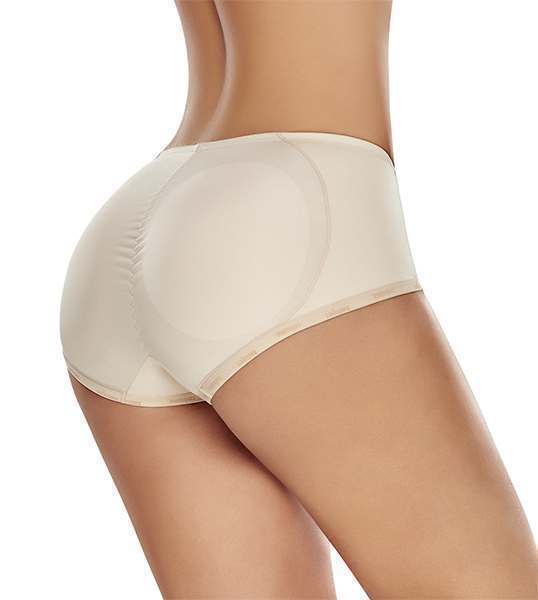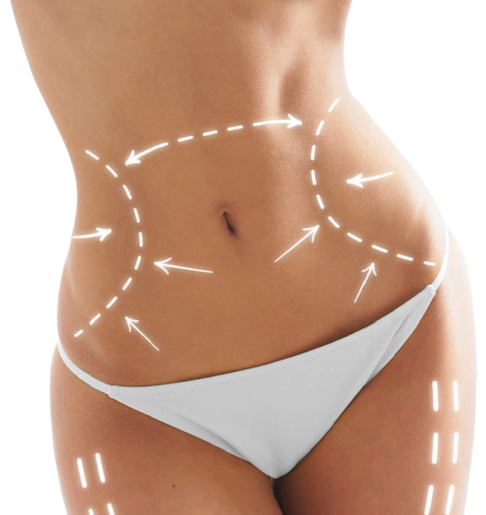Buttock/Thigh Lift
A buttock/thigh lift, also known as a thighplasty, lifts and tightens loose skin, improving the contour of the thigh and buttock area

Is a Buttock/Thigh Lift Right for You?
A thigh/buttock lift could be ideal if you are self-conscious about your lower body appearance and:
- You have lost some skin elasticity in your thigh, hip or buttock areas
- Your skin area sags or has an “orange peel” or dimpled appearance
- The appearance of your thigh improves dramatically when you lift the lax skin.
About the Procedure
Your surgeon will work with you during your initial consultation to determine which procedures will be most effective in achieving your desired result. There are many possible variations in the procedure to meet clothing or personal desires. To lift the inner thighs, the surgeon makes short incisions that extend from the back of the thigh/groin crease around to the buttock crease. If desired, side or back thigh lifts may be performed as separate procedures
Lifting the entire thigh and buttock (also known as a circumferential lower body lift) requires much longer incisions. The surgeon makes these incisions starting in the buttock crease, then extends around the groin, up and over the side of the abdomen, over the flank and across the back.



